Leaving your canine companion home alone is necessary when visiting places dogs can’t go, like the grocery store or your workplace. But it can be a stressful decision, especially if your pet suffers from separation anxiety or quickly becomes bored or lonely. This article explores the 18 sensitive dog breeds most likely to exhibit negative behaviors when left alone.
Weimaraner

Initially bred by German nobility for big game hunting, these beautifully sleek silver or pale bronze hounds are energetic athletes who thrive on attention and activity, especially when young. If left alone, even for short stretches, a bored Weimaraner often turns to destructive chewing, digging, or barking to relieve all their pent-up energy.
Dalmatian

Hill’s Pet Nutrition states, “Dalmatians thrive on human companionship, and if left alone too long, they can become destructive or they will pout and act depressed,” and ranks their need for socialization as five out of five. These spotty dogs are also powerful, playful, and full of energy, so they get bored quickly when not interacted with, leading to unwanted behaviors.
Standard Poodle

Don’t let their fancy haircuts fool you; Poodles aren’t naturally lazy or pampered! They’re highly intelligent and energetic dogs with a strong need for human companionship. If left alone, they become anxious and destructive, barking or chewing furniture. If you’re often away from home, select a smaller Miniature or Toy Poodle, and have more than one so they have company.
Jack Russell Terrier

They may be pint-sized, but Jack Russells are muscular little dynamos with a vast deal of intelligence and a strong prey drive. Left alone, their boundless energy supplies and endless curiosity can make them restless and bored. Many dig, bark, or attempt to escape when home alone. Consider a canine friend or interactive toys with treats hidden inside.
Border Collie
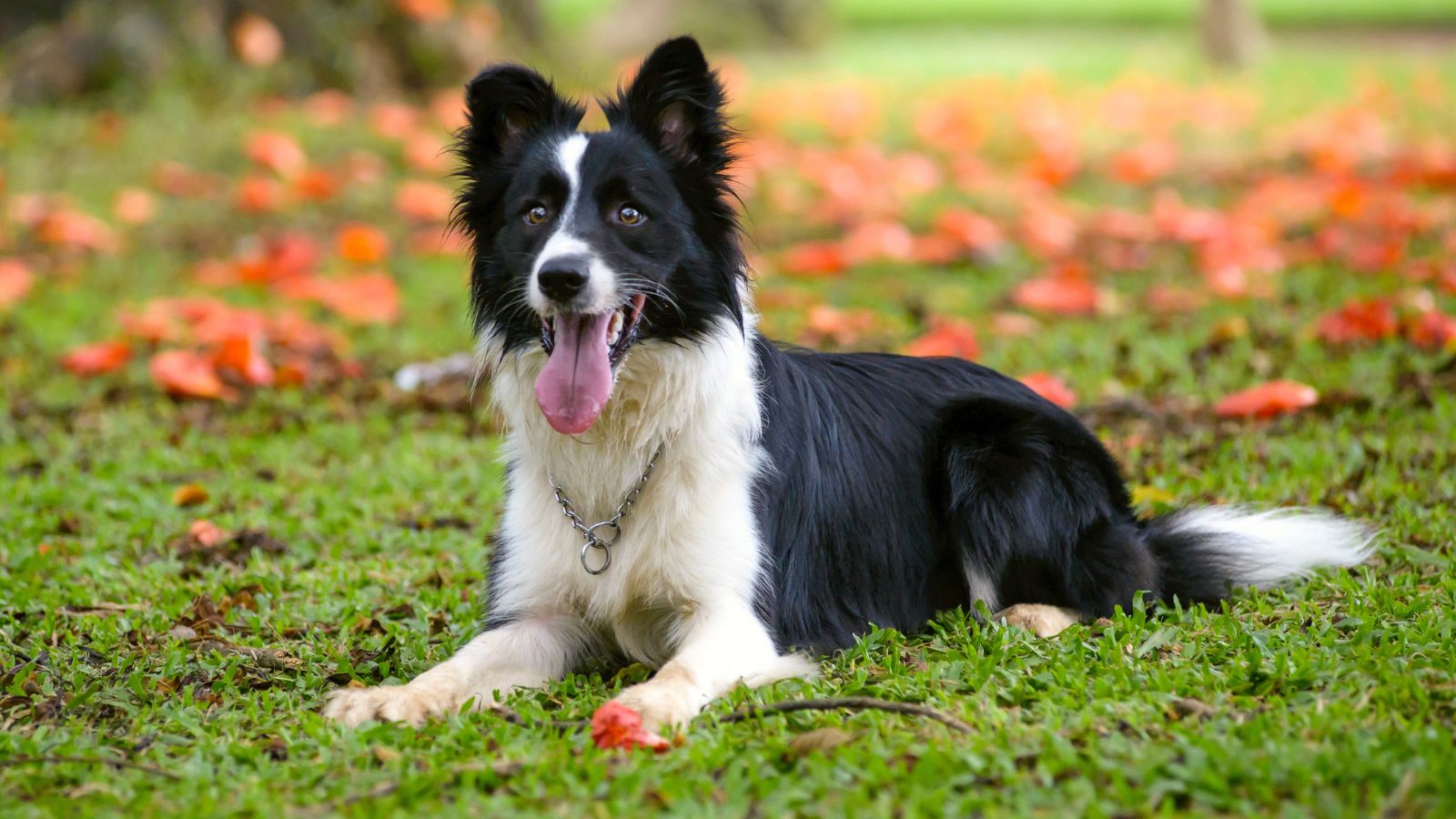
According to Reader’s Digest, Border Collies are the most intelligent dog breed of all. While this suits their working roots and sheep-herding abilities, it can cause problems when they’re left alone. With brains that thrive on mental stimulation, Collies become bored and anxious without a human to loyally serve or complex tasks to focus on.
Beagle

These small hunting hounds are notorious for their powerful sense of smell and stubborn, independent streak. Despite this self-reliance, they don’t cope well with being cooped up inside. While missing their human companions may not be an issue, boredom and restlessness are. Their strong prey drive and energetic nature can lead to digging, chewing, and escape attempts.
Yorkshire Terrier
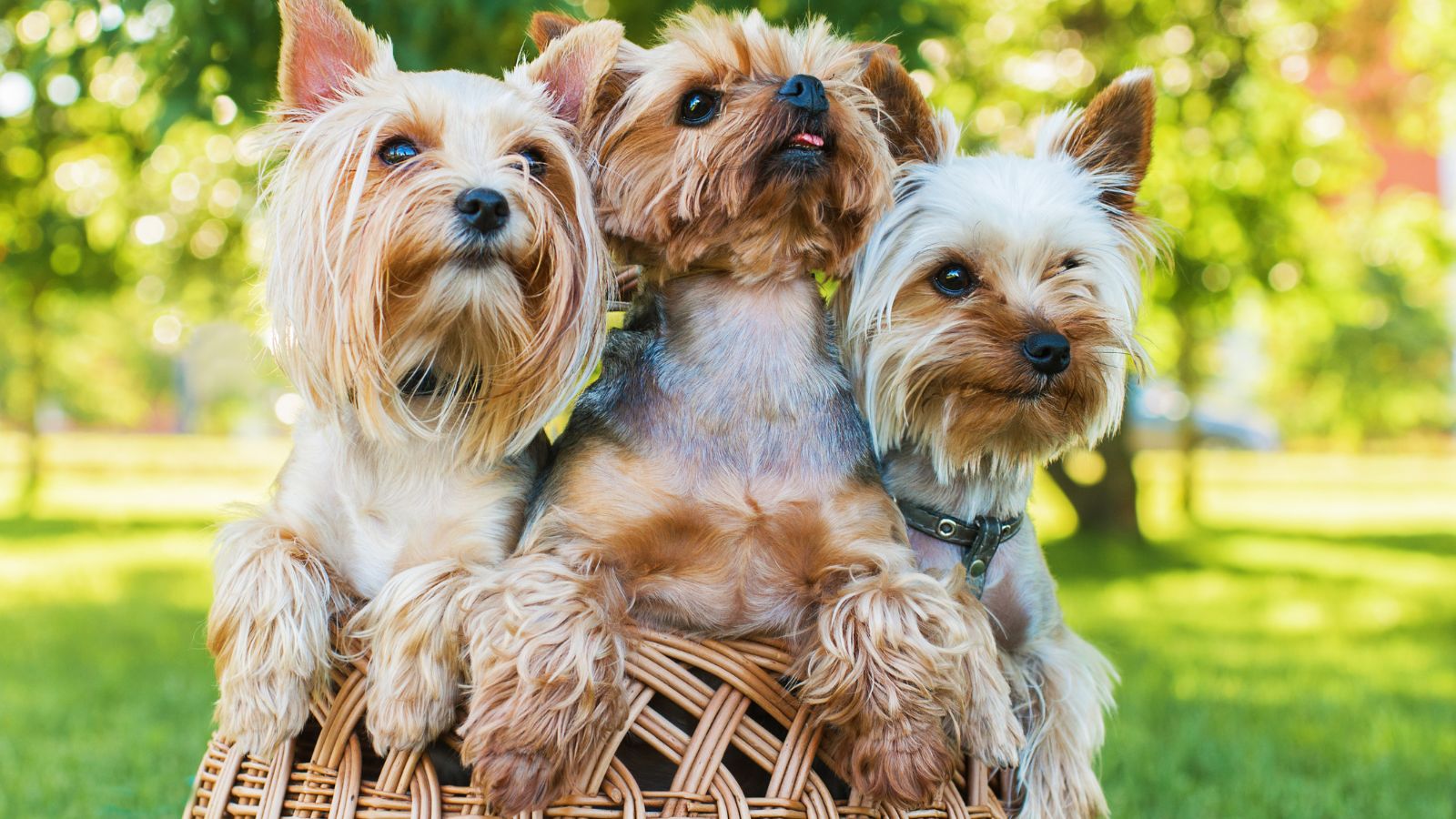
Little Yorkies look like quintessential lap dogs, with their delicate bodies and long, silky coats, but they were initially bred to hunt rats in mills. Despite appearances, they’re often feisty, full of personality, and require a lot of attention. When Yorkshire Terriers are left alone, they become lonely and anxious and can whine, yap, or even be destructive in their own way.
Siberian Husky
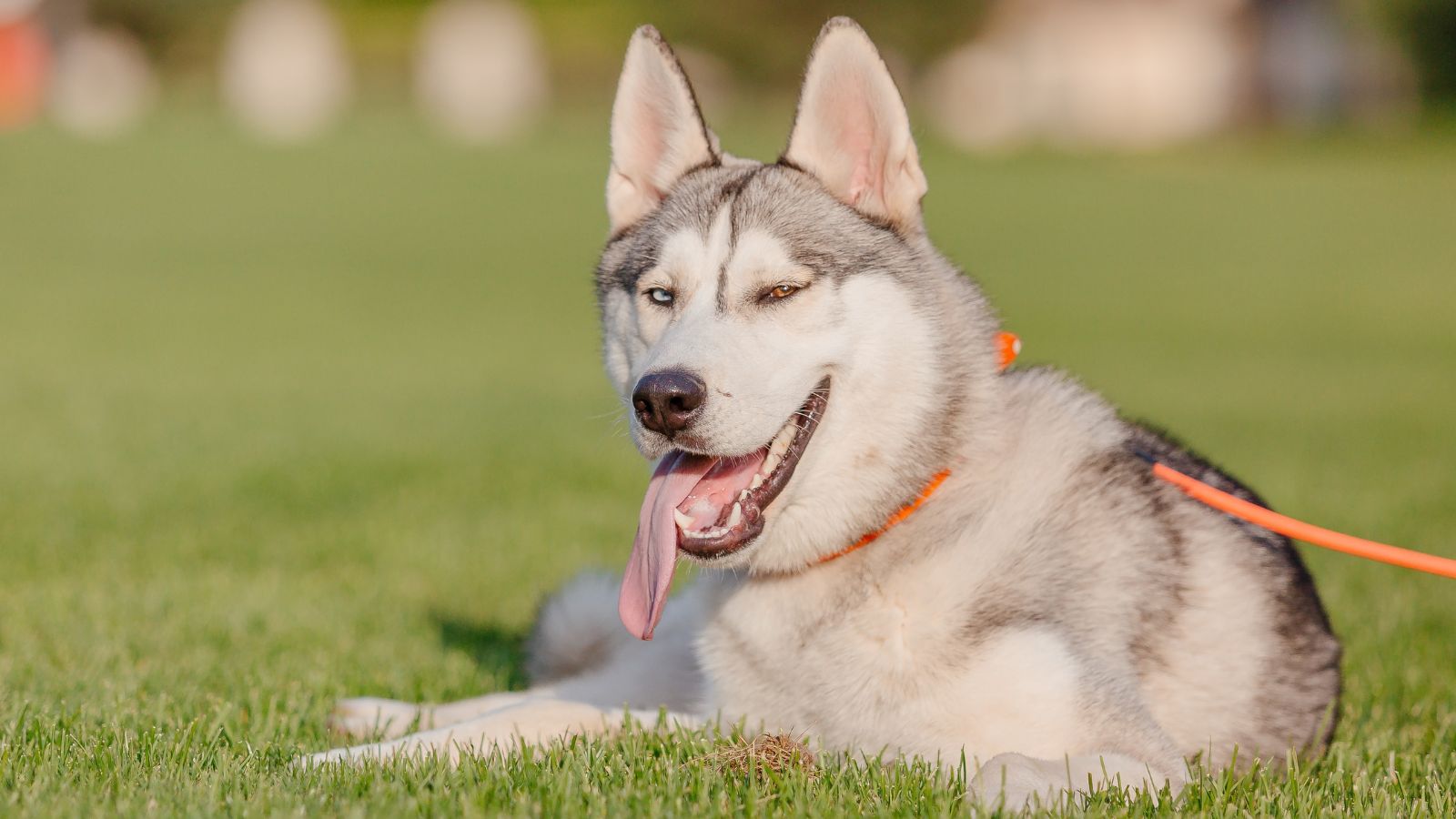
As with many working dogs, these large sled-pullers thrive on having a task to do that suits their abilities. Bred for pulling sleds in teams in freezing conditions, they are very social and require constant canine or human companionship to be happy. When lonely, they may howl or attempt to escape to find friends. If that fails, Huskies often become destructive in the home.
Labrador Retriever

America’s favorite dog breed isn’t necessarily the most placid of pets. Young Labs, in particular, are known to be playful, energetic, and loyal, and they hate to be excluded from trips out or human activities. Although they make excellent guide dogs for the sight-impaired, these social butterflies crave attention and become destructive or anxious if left alone for extended periods.
Bichon Frisé

These adorable puffballs are incredibly social and people-oriented, as would be expected from a breed bred to be constant companions for European aristocrats and royalty. The American Kennel Club warns that Bichons hate to be left alone and will whine, bark, or chew to relieve stress. They’re best suited to owners who are home a lot or have a dog-friendly lifestyle.
German Shepherd
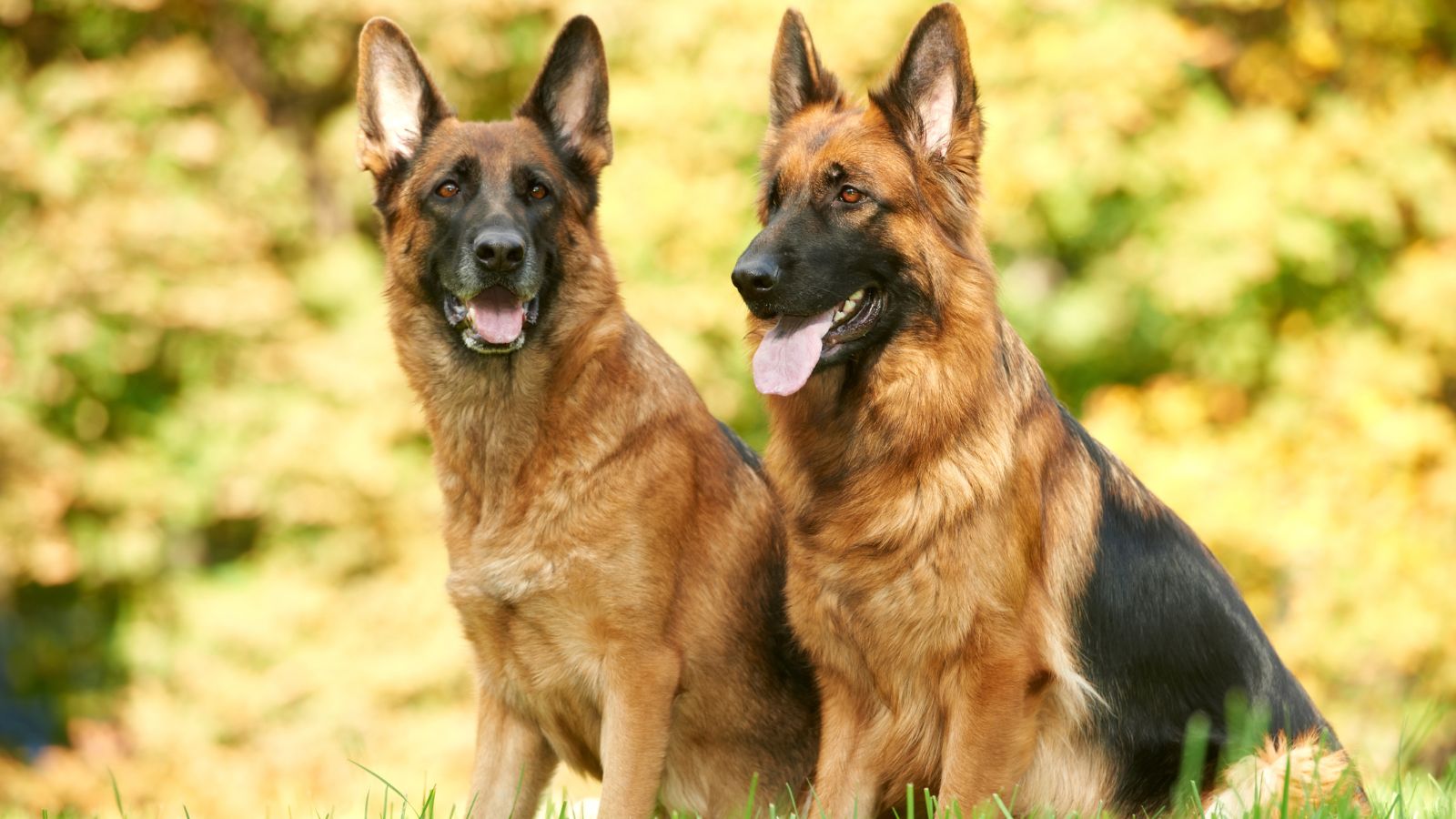
GSDs are happiest when exercised regularly, given plenty of mental stimulation, and allowed to interact with their favorite human as much as possible. Being loyal, intelligent working dogs, pet German Shepherds become bored, depressed, and anxious when left alone for too long—they may constantly bark, pace, destroy household items, or dig up the backyard.
Miniature Schnauzer

Like all terriers, Mini Schnauzers are lively, alert, and super bright. While these traits made them excellent for hunting down rats and other rodents on German farms hundreds of years ago, they can now make the breed stubborn and challenging to train in household settings. They often find less-than-ideal ways to entertain themselves when left alone, like barking and chewing.
Cavalier King Charles Spaniel
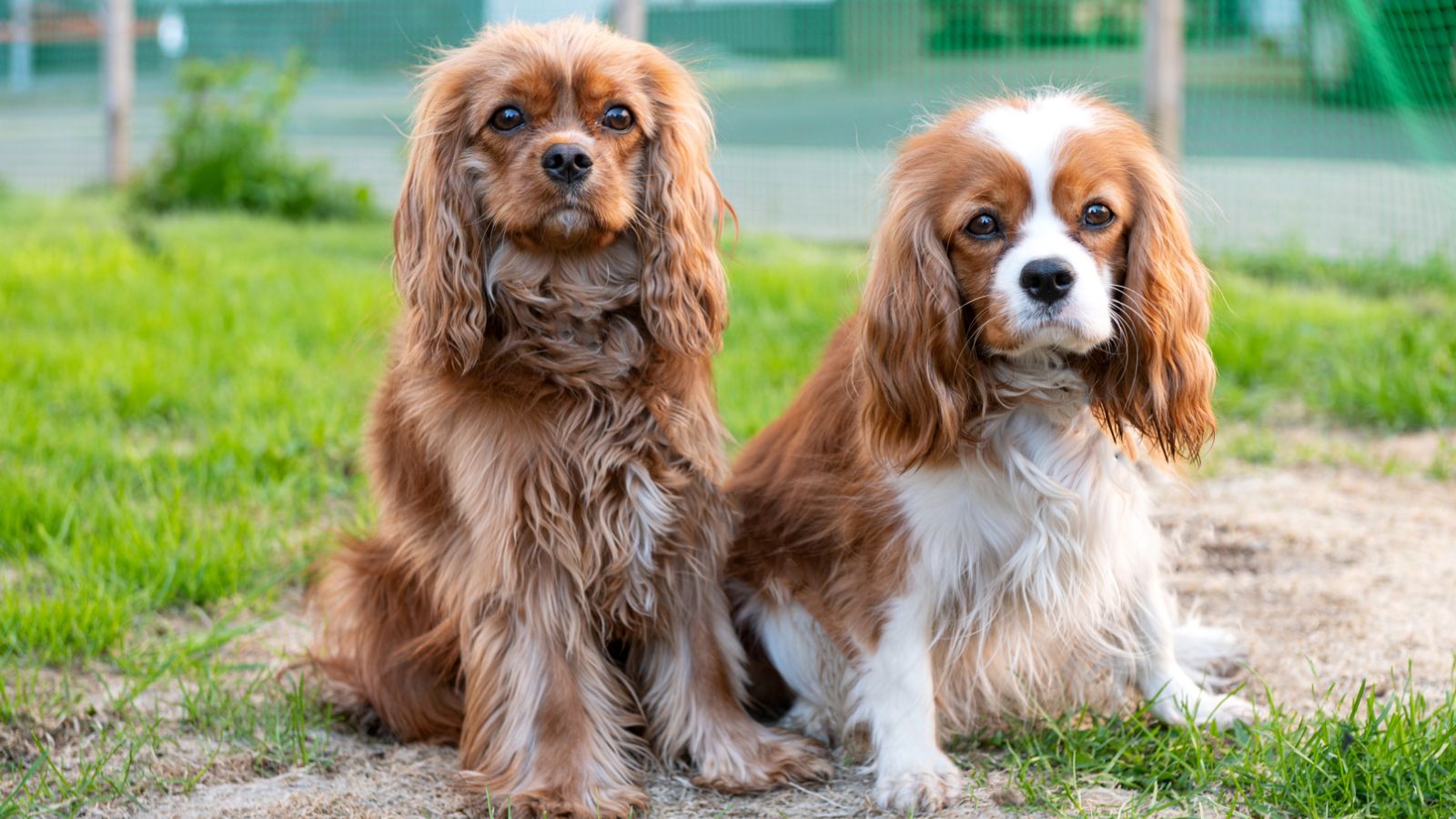
As their name suggests, Cavalier King Charles Spaniels were a favorite companion dog of British royalty for centuries. Gentle and affectionate, they were bred to be lap dogs. Consequently, they thrive on human interaction and quickly become depressed or anxious if left alone for too long. It’s best to avoid this breed if you don’t have lots of time to spend with a pet.
English Bulldog

This comical-looking breed was bred to spar with bulls in the barbaric blood sport of bull-baiting, yet is surprisingly social and loyal. Southern Living says Bulldogs are the number one most affectionate breed and are happiest when close to their families, even if not being interacted with. They often suffer separation anxiety when home alone and quickly become stressed and lonely.
Australian Shepherd
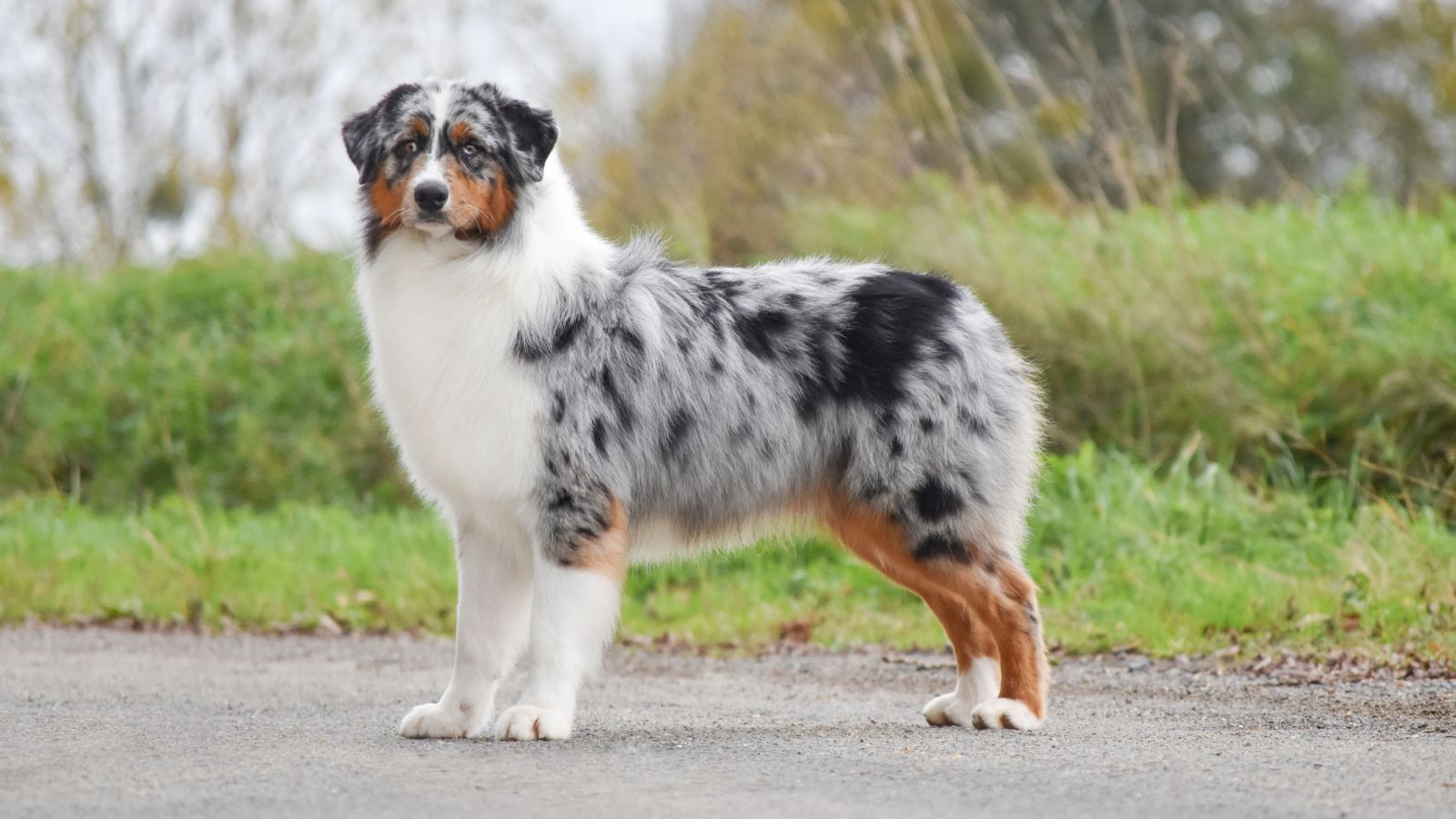
Undoubtedly, Australian Shepherds are physically hardy, bred to herd livestock in the challenging terrain of the American Wild West (despite their misleading name!). The breed’s intelligence and energetic alertness make them highly trainable but require a lot of mental and physical stimulation. If left alone without entertainment, they quickly develop bad habits.
Pomeranian
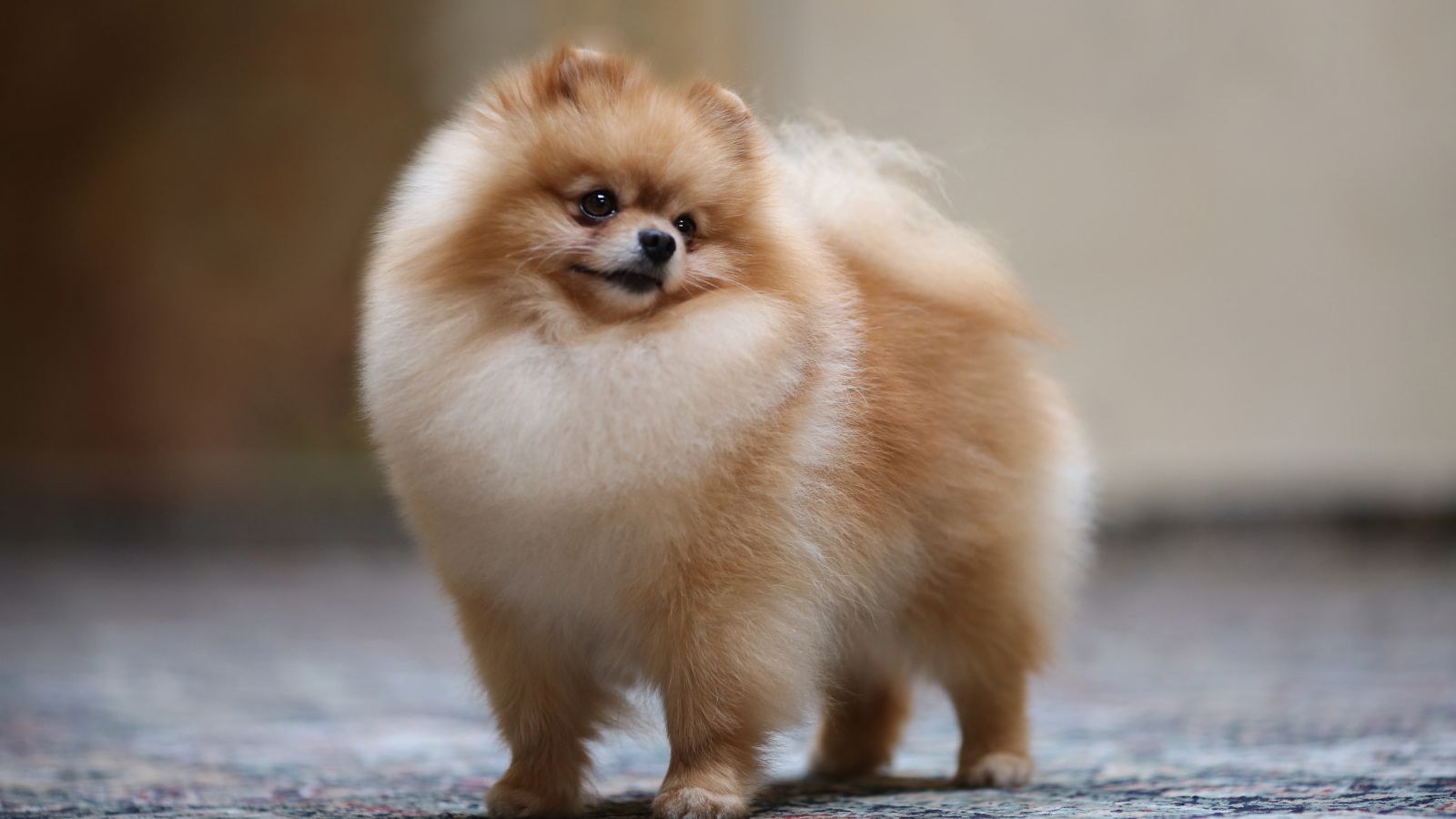
Looking like puffballs on legs, these ‘walking clouds’ may seem like the perfect, cute, placid, and low-maintenance pets. But they often pack a lot of personality in a small package! Pomeranians were bred to be lap dogs; while they may be loyal and affectionate, they require plenty of attention. Otherwise, they become lonely and depressed and often bark incessantly.
Xoloitzcuintli

Affectionately nicknamed the ‘Xolo,’ this hairless breed can trace its lineage back to ancient times as companions and protectors in Mesoamerican cultures (including the Mayans and Aztecs). They were even believed to possess mystical healing powers! They are very smart and loyal, but this devotion to their families can result in negative behaviors when left alone.
Rat Terrier

Similar in appearance and personality to a Jack Russell, Rat Terriers are lively dogs that are focused hunters. However, their intense temperaments and strong prey drive can make them challenging pets. If left alone, boredom can manifest as digging, barking, or chewing. They’re best suited to homes with plenty of human companionship, exercise, and stimulation, like agility training.
Read More: People Who Had Unhappy Childhoods Usually Develop These 18 Traits

People who go through a lot of traumatic experiences while they’re young can find themselves developing traits that stay with them through adulthood. What are these traits? You’ll find 18 of them in this article.
People Who Had Unhappy Childhoods Usually Develop These 18 Traits
17 of the Most Dangerous Cities in the World (6 Are in The US)

Every city has its dangers, but it goes without saying that some places are far more dangerous than others. We’ve compiled a list of 17 of the most dangerous cities in the world in terms of violent crime and homicide rates.
17 of the Most Dangerous Cities in the World (6 Are in The US)
18 Reasons Why No One Is Interested in Working Anymore

The concept of traditional employment has taken a back seat in recent times with changes in economic and social factors, as well as individual preferences. Traditional jobs have also evolved, and many people don’t feel the need to take this route anymore. These are 18 reasons why no one is interested in working anymore.
18 Reasons Why No One Is Interested in Working Anymore
17 Most Friendly Wild Animals in the World

Are you an animal lover looking to learn more about the curious creatures that inhabit our planet alongside us? Discover the amicable side of the animal kingdom. Meet 17 of the world’s most sociable wild animals, from playful sea creatures to gentle land mammals.
17 Most Friendly Wild Animals in the World
17 Phrases Confident People Use to Stand Up For Themselves

Confidence is a healthy and attractive trait that helps us stand firm in our values and set healthy boundaries. We can always become more confident, and learning the right ways to stand up for yourself is a great way to start. Here are 17 phrases you can use to do so.
